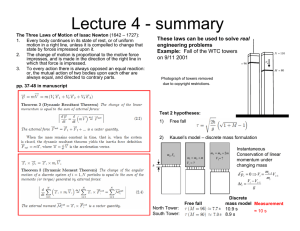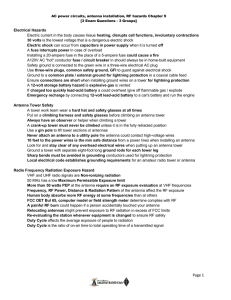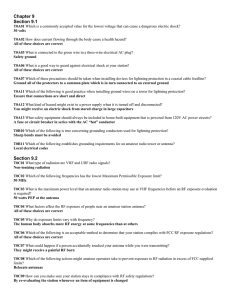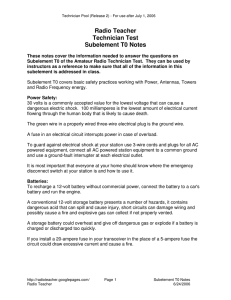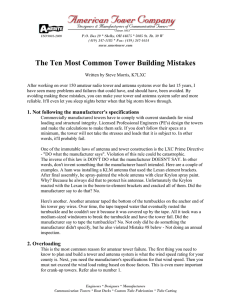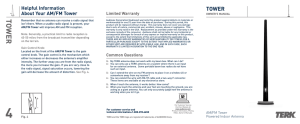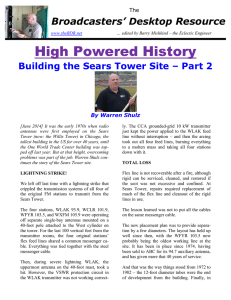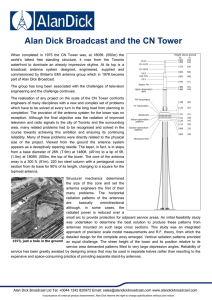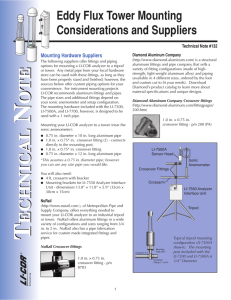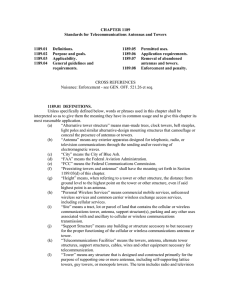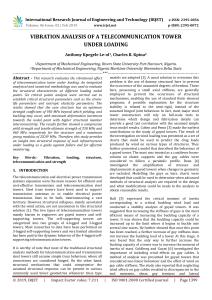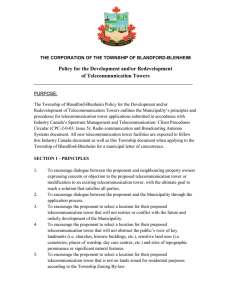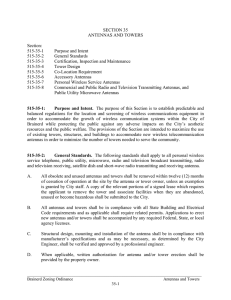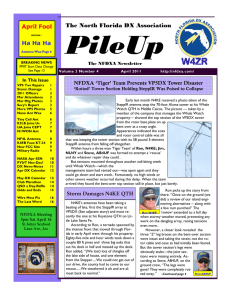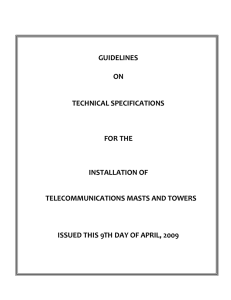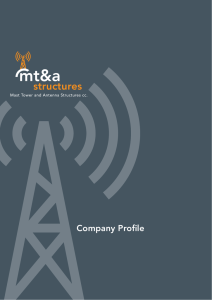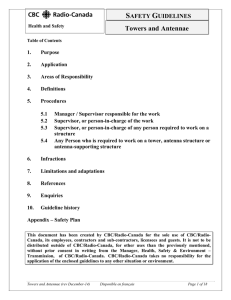how to build a 35` tilt over antenna tower
advertisement
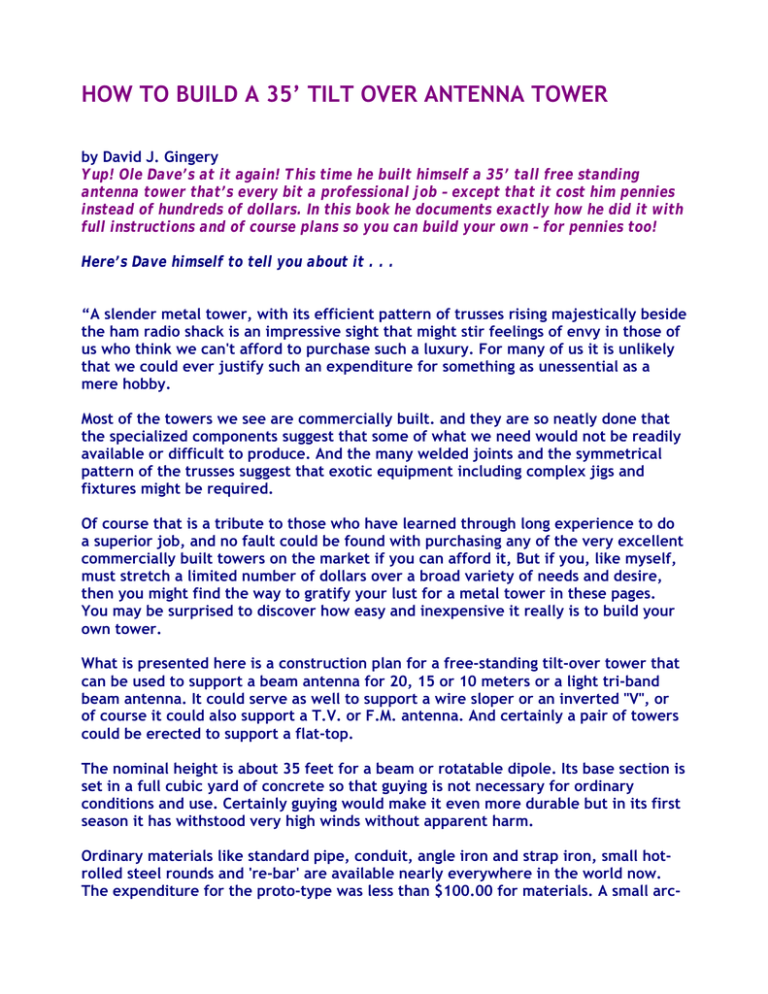
HOW TO BUILD A 35’ TILT OVER ANTENNA TOWER by David J. Gingery Yup! Ole Dave’s at it again! This time he built himself a 35’ tall free standing antenna tower that’s every bit a professional job – except that it cost him pennies instead of hundreds of dollars. In this book he documents exactly how he did it with full instructions and of course plans so you can build your own – for pennies too! Here’s Dave himself to tell you about it . . . “A slender metal tower, with its efficient pattern of trusses rising majestically beside the ham radio shack is an impressive sight that might stir feelings of envy in those of us who think we can't afford to purchase such a luxury. For many of us it is unlikely that we could ever justify such an expenditure for something as unessential as a mere hobby. Most of the towers we see are commercially built. and they are so neatly done that the specialized components suggest that some of what we need would not be readily available or difficult to produce. And the many welded joints and the symmetrical pattern of the trusses suggest that exotic equipment including complex jigs and fixtures might be required. Of course that is a tribute to those who have learned through long experience to do a superior job, and no fault could be found with purchasing any of the very excellent commercially built towers on the market if you can afford it, But if you, like myself, must stretch a limited number of dollars over a broad variety of needs and desire, then you might find the way to gratify your lust for a metal tower in these pages. You may be surprised to discover how easy and inexpensive it really is to build your own tower. What is presented here is a construction plan for a free-standing tilt-over tower that can be used to support a beam antenna for 20, 15 or 10 meters or a light tri-band beam antenna. It could serve as well to support a wire sloper or an inverted "V", or of course it could also support a T.V. or F.M. antenna. And certainly a pair of towers could be erected to support a flat-top. The nominal height is about 35 feet for a beam or rotatable dipole. Its base section is set in a full cubic yard of concrete so that guying is not necessary for ordinary conditions and use. Certainly guying would make it even more durable but in its first season it has withstood very high winds without apparent harm. Ordinary materials like standard pipe, conduit, angle iron and strap iron, small hotrolled steel rounds and 're-bar' are available nearly everywhere in the world now. The expenditure for the proto-type was less than $100.00 for materials. A small arc- welder capable of up to 100 amps is a must but you don't necessarily have to own one. They can be rented or borrowed, or you might find a second-hand bargain. And it is possible that you might work up a group project to pool equipment and labor to produce several towers. The set-up and procedure is really so simple that you might consider building several towers to sell and thus the proceeds would absorb the cost of acquiring some equipment you might have long wanted to own anyway. It is likely that most of your visitors will think it is “store bought”, Your poor relatives will want to borrow money from you because they will think you are rich – and you are!” Soft cover 8 1 /2 x 11” 25 pages.
